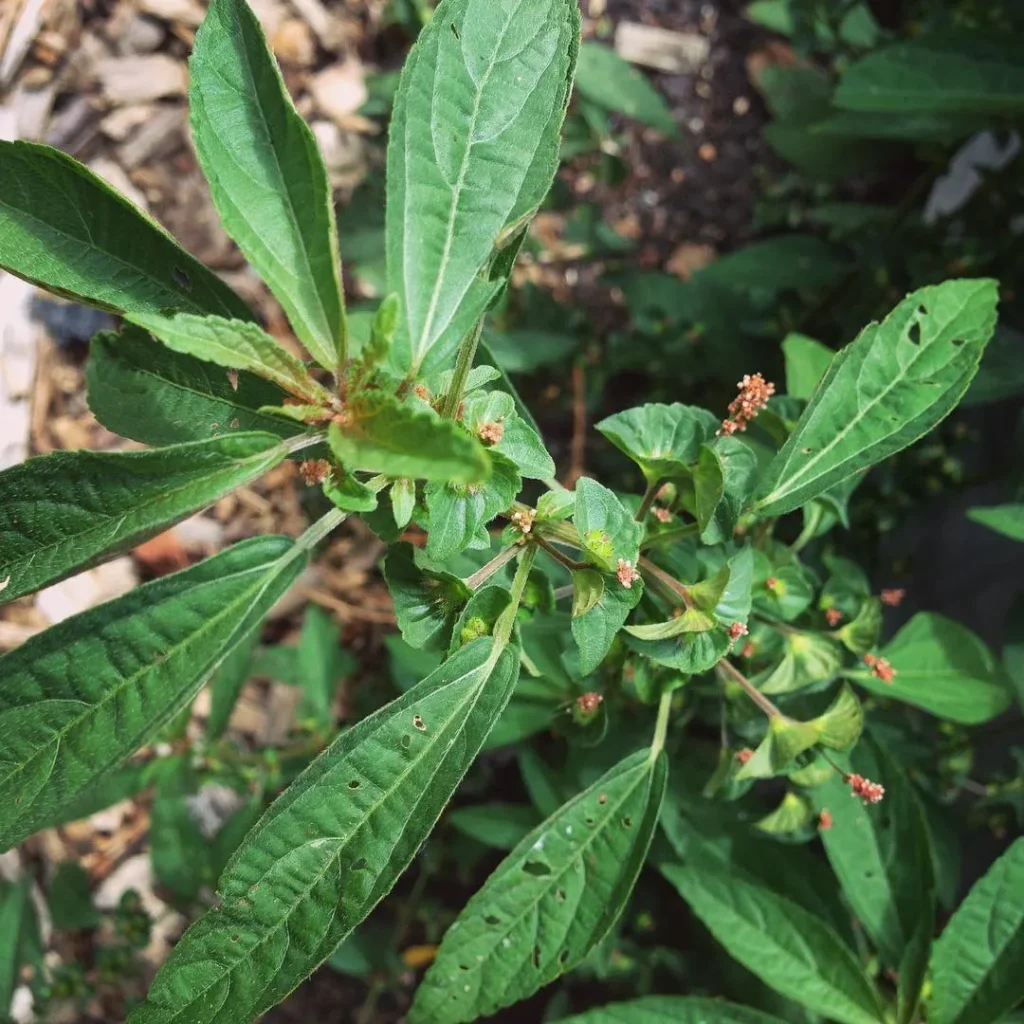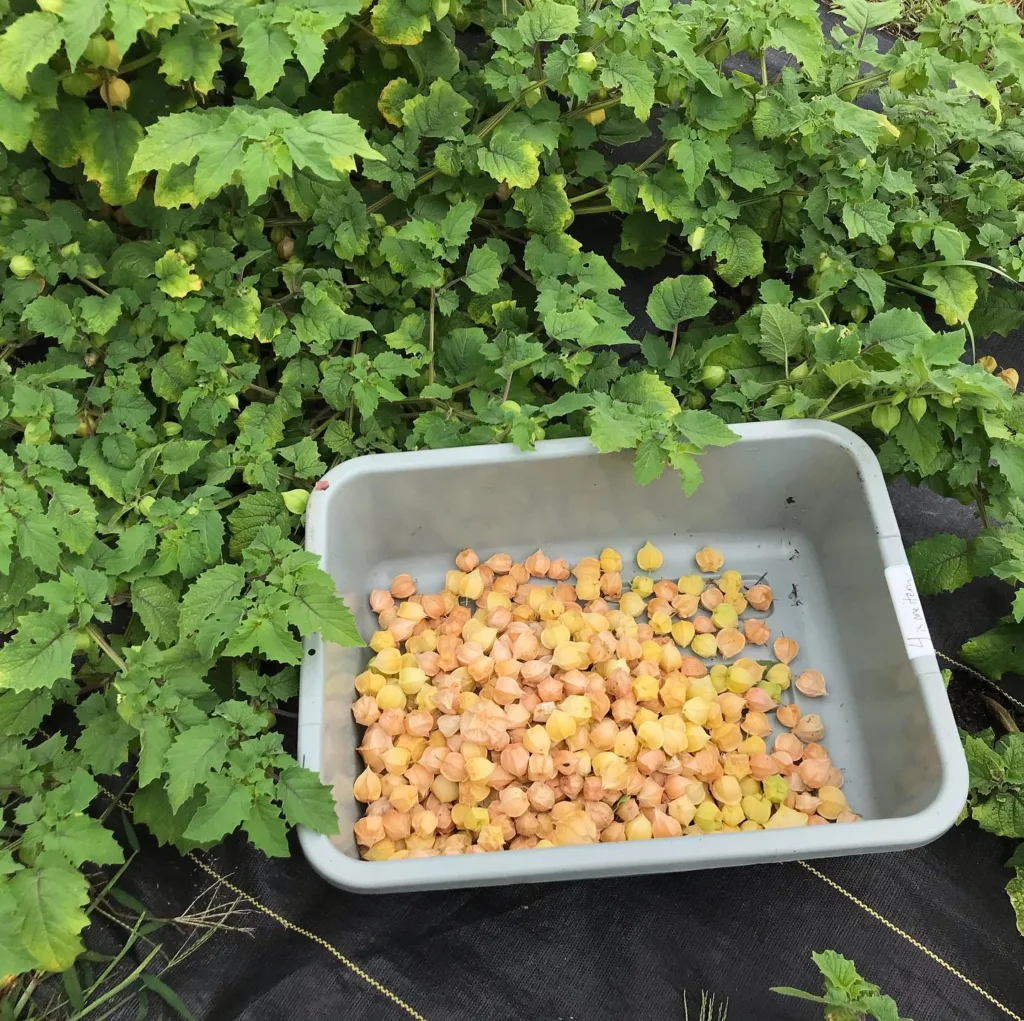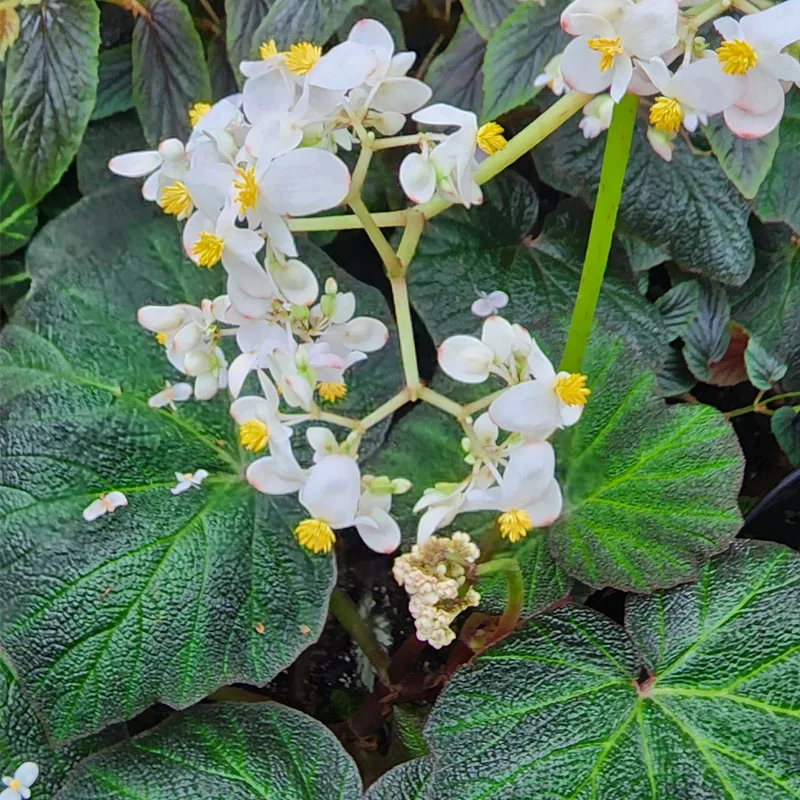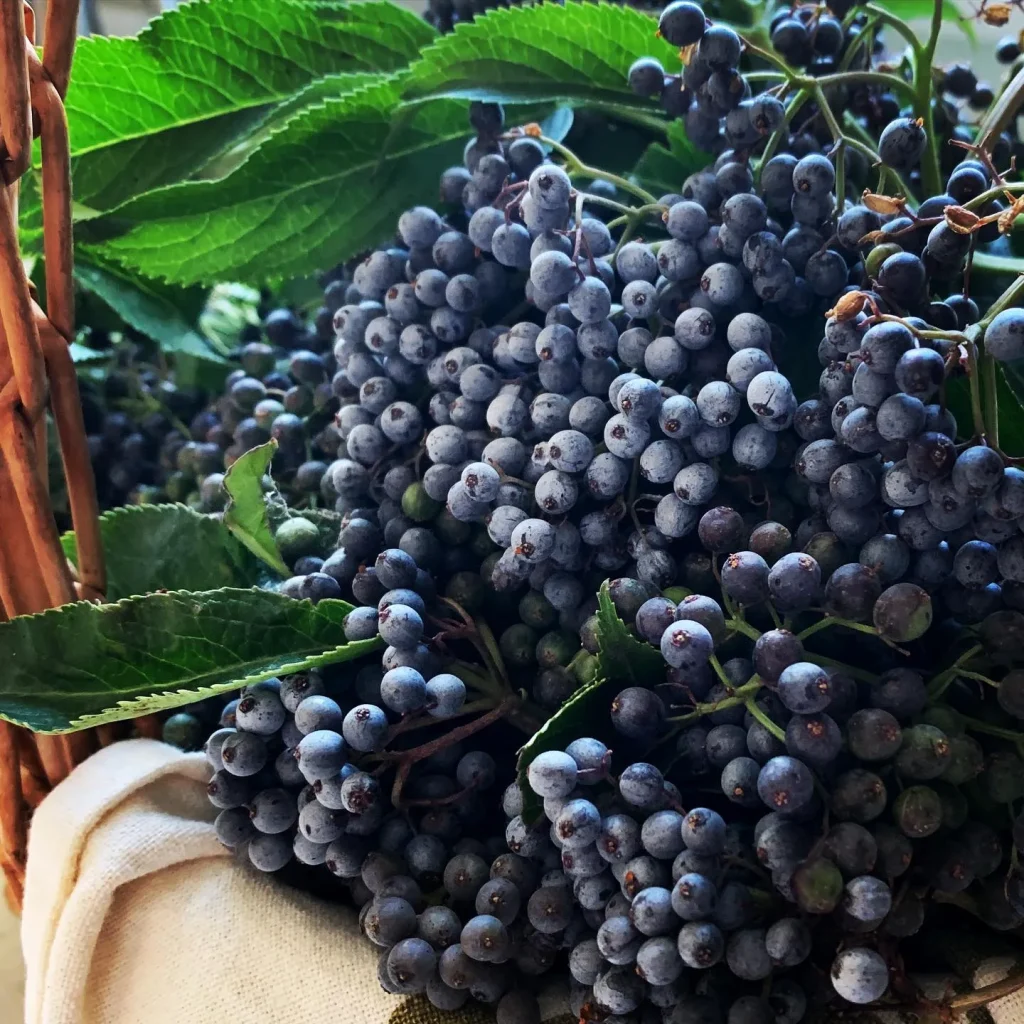June 7 – Welwitschia
"Welwitschia, the desert survivor, represents June 7."
Welwitschia symbolizes resilience and endurance. You thrive in even the most challenging circumstances, adapting with grace. Like this extraordinary plant, your perseverance is unparalleled.
The Welwitschiaceae Family: A Unique Botanical Marvel
As an avid plant enthusiast, I’ve always been drawn to the unusual and the rare in the plant world. One family that has particularly fascinated me is the Welwitschiaceae. This family is unique not only for its singular genus, Welwitschia, but also because it only has one species—Welwitschia mirabilis. The more I learned about this plant, the more I realized how it stands apart from virtually every other plant family. Let’s dive into what makes the Welwitschiaceae so special, and why Welwitschia mirabilis is an extraordinary plant in its own right.
What Is Welwitschia Mirabilis?
At first glance, the Welwitschiaceae family might seem like a footnote in the world of plants. However, the more I researched, the more I appreciated its deep-rooted history and the complexities of its only genus, Welwitschia. The family is incredibly small—Welwitschia is the only genus in this family, and it includes just one species: Welwitschia mirabilis. It’s almost like nature decided to perfect this plant and left it as a living fossil.
What sets this family apart from others is its longevity and resilience. Welwitschia mirabilis is often described as a living fossil because it has changed little over millions of years. It’s a plant that has adapted to some of the harshest environments on Earth, making it not only unique but also highly resilient.
How Old Is the Welwitschia Mirabilis?
One of the most astonishing aspects of Welwitschia Mirabilis is its longevity. This plant can live for over 1,000 years, with some individuals possibly reaching ages of up to 2,000 years. This impressive lifespan is due to its highly adapted survival mechanisms and extremely slow growth rate. In fact, the oldest known specimens are estimated to be around 1,500 years old, making them some of the longest-living plants on Earth.
How Can a Welwitschia Mirabilis Stay Alive for That Long?
The secret to the Welwitschia Mirabilis’ longevity lies in its ability to thrive in an environment where most plants would struggle. Its deep root system can access underground water sources that are out of reach for many other plants. The plant’s leaves, which grow continuously, are incredibly tough and can withstand extreme temperatures and prolonged droughts. Additionally, Welwitschia Mirabilis has adapted to capture and store moisture from the air, allowing it to survive in its harsh desert habitat.
Where Does the Welwitschia Mirabilis Grow?
Welwitschia Mirabilis is native to the Namib Desert, one of the driest places on Earth. This plant is perfectly suited to its environment, growing in sandy, nutrient-poor soils. The extreme conditions of its habitat include scorching daytime temperatures, cold nights, and very little rainfall. Despite these harsh conditions, Welwitschia Mirabilis manages to survive and even thrive, showcasing its remarkable adaptability.
How Does the Welwitschia Mirabilis Get Its Food?
Unlike many other plants that rely on photosynthesis to produce food, Welwitschia Mirabilis has a specialized way of acquiring nutrients. The plant’s deep root system allows it to tap into underground water sources, while its broad, leathery leaves capture and absorb moisture from fog and dew. This dual strategy ensures that the plant has access to both water and essential nutrients, even in the most arid conditions.
How Do Welwitschia Mirabilis Reproduce?
Reproduction in Welwitschia Mirabilis is a bit unusual compared to other plants. It is dioecious, meaning that there are separate male and female plants. Pollination occurs through wind or insect activity. Male plants produce pollen cones, while female plants develop seed cones. Once pollinated, the female cones produce seeds that are eventually dispersed by the wind or animals. The seeds require specific conditions to germinate, including moisture and the right temperature, which can limit their dispersal and survival.
What Eats Welwitschia Mirabilis?
Despite its tough exterior, Welwitschia Mirabilis does have a few natural predators. Insects and rodents may occasionally feed on the plant, but these instances are relatively rare due to the plant’s tough, resinous leaves and its harsh growing conditions. The plant’s ability to withstand such predation is part of what has helped it survive for centuries in its challenging environment.
What Is the Crop Known as Welwitschia Mirabilis?
Welwitschia Mirabilis is not typically grown as a crop. Instead, it is primarily of interest to botanists, researchers, and enthusiasts due to its unique characteristics and its status as a living fossil. It is sometimes cultivated in botanical gardens for study and preservation, but it does not have agricultural or economic value in the traditional sense.
How to Care for Welwitschia Mirabilis?
If you’re lucky enough to have a Welwitschia Mirabilis in your collection, it’s essential to understand its specific care requirements. This plant thrives in very well-draining soil and needs minimal watering, as it is adapted to survive in dry conditions. Ensure it receives plenty of sunlight, and avoid overwatering, as too much moisture can be detrimental. It’s best suited for outdoor cultivation in dry, sunny climates or for indoor cultivation in a controlled environment mimicking its natural habitat.
Can You Grow Welwitschia Mirabilis Indoors?
Growing Welwitschia Mirabilis indoors can be challenging but not impossible. It requires a specialized environment that replicates its natural habitat, including high light levels and low humidity. A well-draining potting mix and careful watering practices are crucial for indoor cultivation. However, for most people, it’s easier to appreciate this plant in a botanical garden or a dedicated collection where its needs can be carefully managed.
Is Welwitschia Mirabilis Toxic?
Welwitschia Mirabilis is not known to be toxic to humans or animals. Its tough, leathery leaves are not edible and are not commonly consumed by wildlife. This makes it a relatively safe plant to handle and grow, provided you respect its unique environmental needs.
Common Problems with Welwitschia Mirabilis
While Welwitschia Mirabilis is a hardy plant, it can face a few common issues if its needs are not met. Overwatering is one of the primary problems, as it can lead to root rot and other issues. Additionally, improper light conditions can affect its growth and overall health. Ensuring proper care and maintaining the right growing conditions are key to keeping this extraordinary plant thriving.
Comparing Welwitschia Mirabilis with Other Unique Plants
Welwitschia Mirabilis stands out due to its ancient lineage and distinctive appearance. Compared to other unique plants like the baobab tree or the giant sequoia, it is less well-known but equally fascinating. Unlike these trees, Welwitschia Mirabilis has a more specialized habitat and an even longer lifespan, highlighting its adaptability and resilience.
Why I Find Welwitschia So Fascinating?
After learning so much about the Welwitschiaceae family and Welwitschia mirabilis, I can’t help but marvel at its uniqueness. The plant’s slow growth, continuous leaf development, and extraordinary survival skills make it a symbol of endurance. I’ve always had an appreciation for plants that are adaptable, and Welwitschia mirabilis takes adaptability to the next level. It’s a living testament to the power of evolution and the beauty of nature’s ingenuity.
In a world full of fast-growing, vibrant plants, Welwitschia stands out as a symbol of persistence and resilience. It reminds me of the importance of conservation and the need to protect species that have stood the test of time. I encourage anyone with an interest in unique, ancient plants to learn more about Welwitschia mirabilis—it’s a fascinating, rare species that captures the essence of survival and endurance.
If i die, water my plants!



